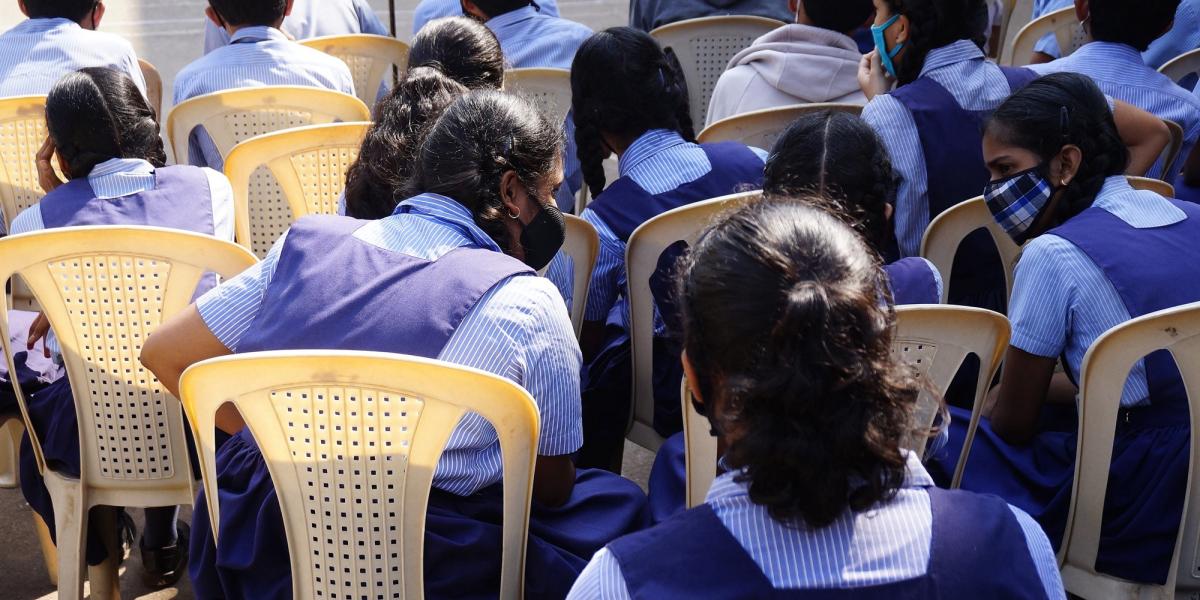Breadcrumb

In late 2021, India’s secretary of school education and literacy, Anita Karwal, needed to decide whether to continue to invest in DIKSHA, India’s government-owned, free-to-use education technology, in the coming fiscal year. DIKSHA, which had been developed in 2017 in partnership with two not-for-profits, was originally designed for teacher training and had low uptake in its first years. Yet over time DIKSHA gained new capabilities, transforming it into an increasingly popular direct-to-student learning platform. Then in 2020, during pandemic-related school closures, DIKSHA witnessed an exponential growth in usage.
By late 2021, DIKSHA had seen billions of individual ‘learning sessions’, and many teachers responded positively about the platform and its educational uses. However, high adoption was not matched by high impact in India’s most underserved communities, not least because connecting to DIKSHA required internet access, which a 2021 survey suggested that a quarter of Indian students did not have. Now, with budgets tightening, Karwal had to decide whether to continue to bet scarce resources on DIKSHA or whether there were better uses of the limited public budget to be found.
- Consider the challenges and opportunities of working with third sector partners;
- Explore the trade-offs involved in designing for equity versus excellence;
- Understand policy and design decisions involved in edtech.
